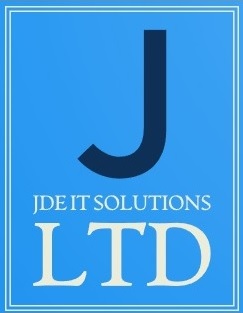Software development methodologies are structured approaches to planning, designing, implementing, testing, and maintaining software systems. These methodologies guide the development process, providing a framework for teams to work efficiently and produce high-quality software. Here's a summary of different methodologies associated with software development:
-
Waterfall Methodology:
- Sequential: The Waterfall model follows a linear and sequential approach, where each phase must be completed before moving on to the next.
- Phases: It typically consists of distinct phases, including requirements, design, implementation, testing, deployment, and maintenance.
- Rigidity: It's less adaptable to changing requirements once the project has started.
- Suitable for: Well-understood, stable projects with clear and fixed requirements.
-
Agile Methodology:
- Iterative and Incremental: Agile methodologies, like Scrum and Kanban, emphasize iterative development, with frequent releases and incremental improvements.
- Flexibility: Agile allows for changes in requirements, even late in the development process, promoting collaboration and customer feedback.
- Customer-Centric: Customer satisfaction and working software are prioritized over comprehensive documentation.
- Suitable for: Projects with evolving requirements, high customer involvement, and a need for rapid adaptation.
-
Scrum:
- Sprints: Development is organized into time-bound iterations called sprints, typically lasting 2-4 weeks.
- Roles: Key roles include Scrum Master, Product Owner, and Development Team.
- Artifacts: Scrum artifacts include the Product Backlog, Sprint Backlog, and Increment.
- Daily Standups: Daily meetings to synchronize team activities and address impediments.
-
Kanban:
- Visual Workflow: Kanban uses a visual board to track tasks as they move through various stages of development.
- Work in Progress (WIP) Limits: Limits on the number of tasks in progress help maintain flow and prevent overloading the team.
- Continuous Improvement: Kanban encourages teams to make incremental process improvements over time.
-
Lean Software Development:
- Minimize Waste: Lean focuses on reducing waste in processes, such as unnecessary documentation or overproduction.
- Value Stream Mapping: Identifies and optimizes value-added steps in the development process.
- Customer Value: Emphasizes delivering value to the customer as the primary goal.
-
DevOps:
- Integration of Development and Operations: DevOps aims to bridge the gap between development and IT operations, fostering collaboration.
- Automation: Automation of testing, deployment, and monitoring processes for faster and more reliable software delivery.
- Continuous Integration and Continuous Deployment (CI/CD): CI/CD pipelines automate the building, testing, and deployment of code changes.
-
Rapid Application Development (RAD):
- Speed and Prototyping: RAD focuses on rapid prototyping and quick development cycles.
- User Feedback: Frequent user feedback is integral to refining the software during development.
- Iterative: RAD is highly iterative and often used for projects where speed and user feedback are critical.
-
Spiral Model:
- Risk Management: The Spiral model incorporates risk analysis and management at each phase of development.
- Iterative with Prototyping: Combines iterative development with elements of prototyping to address evolving requirements.
-
Extreme Programming (XP):
- Collaborative: XP emphasizes close collaboration between developers, testers, and customers.
- Continuous Testing: Rigorous automated testing is performed throughout development.
- Frequent Releases: Frequent small releases ensure that software is always in a potentially shippable state.
-
Big Bang Model:
- Minimal Structure: A less structured and organized approach where development starts without formalized phases.
- Riskier: Prone to higher risks due to minimal planning and structure.
- Used Rarely: Typically used for small projects or proof-of-concept work.
Each software development methodology has its strengths and weaknesses, and the choice of which to use depends on project requirements, team dynamics, customer involvement, and the nature of the software being developed. Many modern development approaches combine elements of these methodologies to create hybrid approaches that suit specific project needs.

